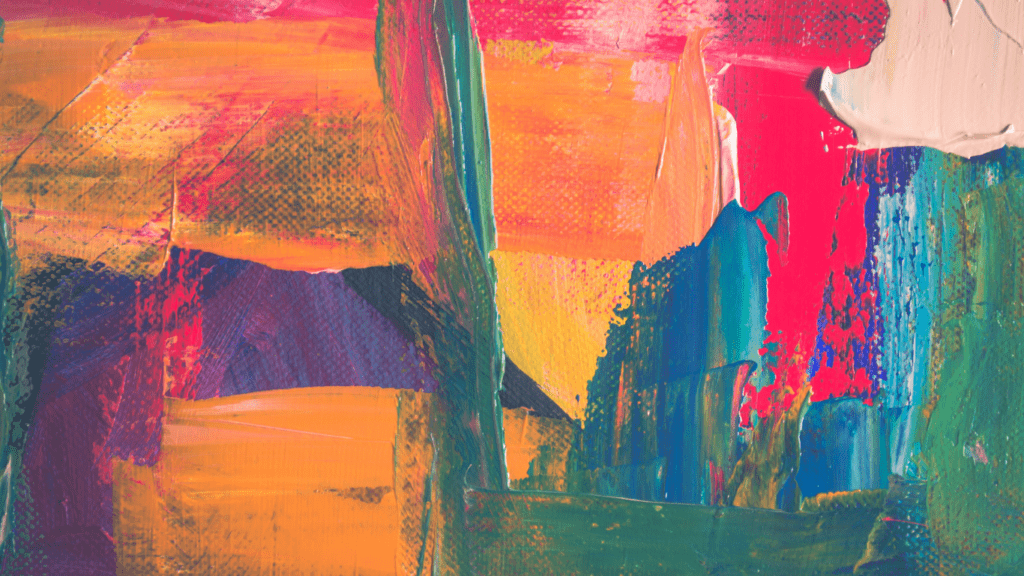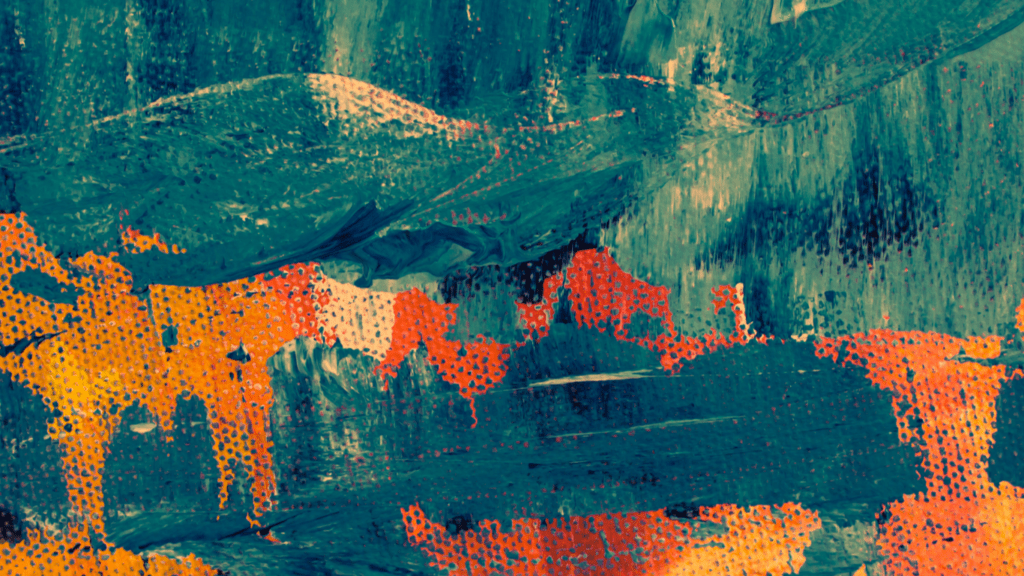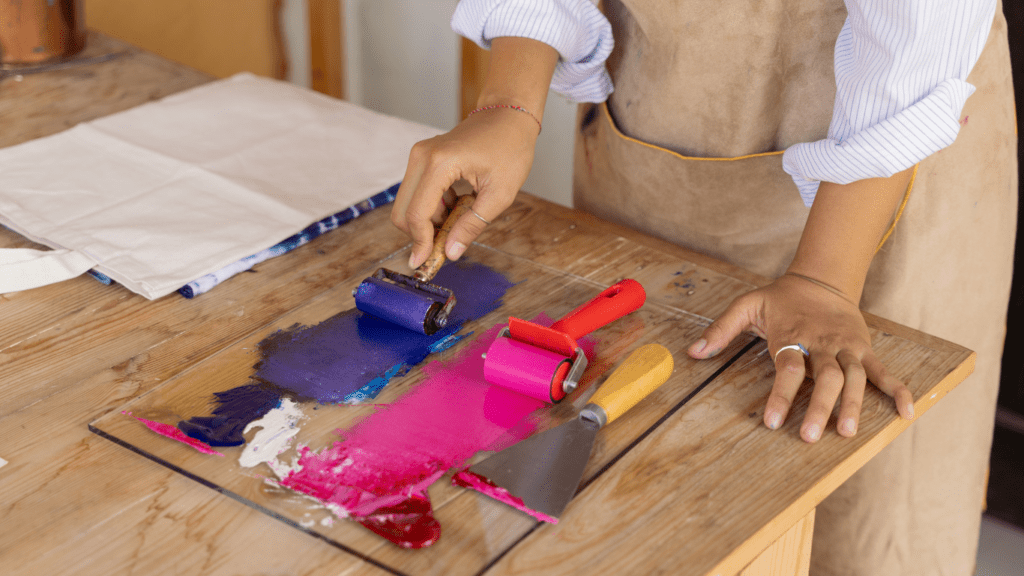Embarking on the journey of creating your own abstract canvas paintings can be a liberating and fulfilling experience. As an artist, I’ve found that abstract art offers a unique platform for self-expression and creativity. In this article, I’ll share some valuable tips and techniques that can help you unleash your artistic potential and dive into the world of abstract painting.
Exploring abstract art allows you to break free from conventional norms and embrace spontaneity in your creative process. From choosing the right color palette to experimenting with different textures and brush strokes, creating abstract canvas paintings is a dynamic and personal endeavor. Join me as I guide you through the steps to create captivating and original abstract artworks that reflect your individual style and vision.
Understanding Abstract Art
Abstract art is a genre that focuses on the artist’s interpretation of shapes, colors, and forms rather than a direct representation of reality. It allows for freedom of expression and encourages viewers to delve into their own emotions and thoughts when interpreting the artwork.
What Is Abstract Art?
Abstract art is a form of art that does not attempt to represent an accurate depiction of visual reality but instead uses shapes, colors, forms, and gestural marks to achieve its effect. It encompasses a wide range of styles and techniques, from geometric abstraction to more fluid and expressive forms.
Why Choose Abstract Canvas Paintings?
Choosing abstract canvas paintings allows for a deep exploration of one’s emotions, imagination, and unique perspective. It enables individuals to break away from conventional constraints and convey personal stories or feelings through a medium that encourages creativity and individuality.
Materials Needed for Abstract Canvas Painting
When creating your own abstract canvas paintings, it’s essential to gather the right materials to bring your artistic vision to life. Here are the key supplies you’ll need to embark on your creative journey:
- Choosing the Right Canvas
To begin your abstract canvas painting, you’ll need to select the appropriate canvas. Opt for a stretched canvas or canvas panel, depending on your preference. Stretched canvases are ready to hang once your artwork is complete, while canvas panels are lightweight and easy to store. - Selecting Paints and Brushes
For your abstract masterpiece, choose acrylic paints for their versatility and quick drying time. Acrylic paints offer a wide range of vibrant colors to bring your creativity to the forefront. When selecting brushes, ensure you have a variety of sizes and shapes to experiment with different textures and techniques in your artwork.
Preparing to Paint Your Abstract Artwork
Setting Up Your Workspace
To begin creating your abstract canvas painting, the first step is setting up your workspace. Clear a well-lit, ventilated area that allows you to move around freely and comfortably. Ensure that your painting surface is flat and stable to prevent any unwanted smudges or spills during the creative process.
Planning Your Composition
When planning your composition for the abstract artwork, consider the emotions or ideas you want to convey through your painting. Experiment with different arrangements of shapes, lines, and colors in your mind before starting to paint. You can sketch rough outlines or make mental notes to guide the overall direction of your artwork. Remember, abstract art is about expressing feelings and concepts rather than replicating reality, so allow yourself the freedom to explore unconventional layouts and color combinations.
Painting Techniques for Abstract Art
Starting with layering and texture, I experiment with various materials to create depth and visual interest in my abstract canvas paintings. By building up layers of paint, I can achieve a sense of depth and complexity in my artwork, adding texture with tools like palette knives, sponges, or even unconventional items like credit cards for unique effects.
When it comes to color blending and contrast, I mix colors on the canvas itself to create harmonious blends or striking contrasts. I play with complementary colors to make certain elements pop, while subtle blending techniques help transition between colors seamlessly. It’s essential to consider how colors interact and evoke different emotions in the viewer when working on abstract art.
Finishing Touches
When it comes to completing your abstract canvas painting, there are a few essential steps to ensure your artwork is protected and beautifully displayed.
Sealing and Protecting Your Painting
After you’ve finished your abstract canvas painting, it’s crucial to seal it to protect it from dust, dirt, and UV rays. I recommend using a varnish specifically designed for acrylic or oil paintings. Apply thin, even coats of varnish using a soft brush to preserve the colors and textures of your artwork. Allow each layer to dry completely before applying the next one. Once your painting is sealed, it will have a glossy finish and be ready to be displayed without fear of damage.
Framing and Displaying Your Artwork
Choosing the right frame for your abstract canvas painting can enhance its overall presentation. Opt for a frame that complements the style and colors of your artwork without overshadowing it. I suggest selecting a simple, modern frame for contemporary pieces or a more ornate frame for traditional or elaborate compositions. When hanging your artwork, ensure it is displayed in a well-lit area away from direct sunlight to prevent fading. Consider the height at which you will hang the painting to have the best visual impact and create a focal point in your space.
With these finishing touches, your abstract canvas painting will be protected and displayed in a way that showcases your artistic vision and creativity.
Inspiration and Creativity
When seeking inspiration for my abstract canvas paintings, I often find ideas from a variety of sources to spark my creativity. Here’s how I approach finding ideas and experimenting with different styles to create unique and captivating artworks:
Finding Ideas for Your Paintings
To discover inspiration for my paintings, I immerse myself in nature, architecture, or even everyday objects. Observing the play of light and shadows, intricate patterns, or vibrant colors in my surroundings often triggers new ideas for my abstract artworks. Additionally, exploring other artists’ works, attending art exhibitions, or browsing online art collections can provide fresh perspectives and fuel my creative process. Experimenting with different mediums, such as watercolors, acrylics, or mixed media, also helps me generate innovative ideas for my paintings.
Experimenting with Different Styles
While developing my abstract paintings, I enjoy experimenting with various styles to broaden my artistic horizons. I explore techniques like geometric abstraction, fluid art, or minimalism to diversify my artwork and challenge myself creatively. By incorporating unconventional tools or unconventional methods like pouring, dripping, or palette knife techniques, I can discover new ways to express my ideas on canvas. Embracing a spirit of experimentation and constantly pushing boundaries in my artistic journey allows me to evolve my style and create visually engaging abstract pieces that resonate with viewers.



